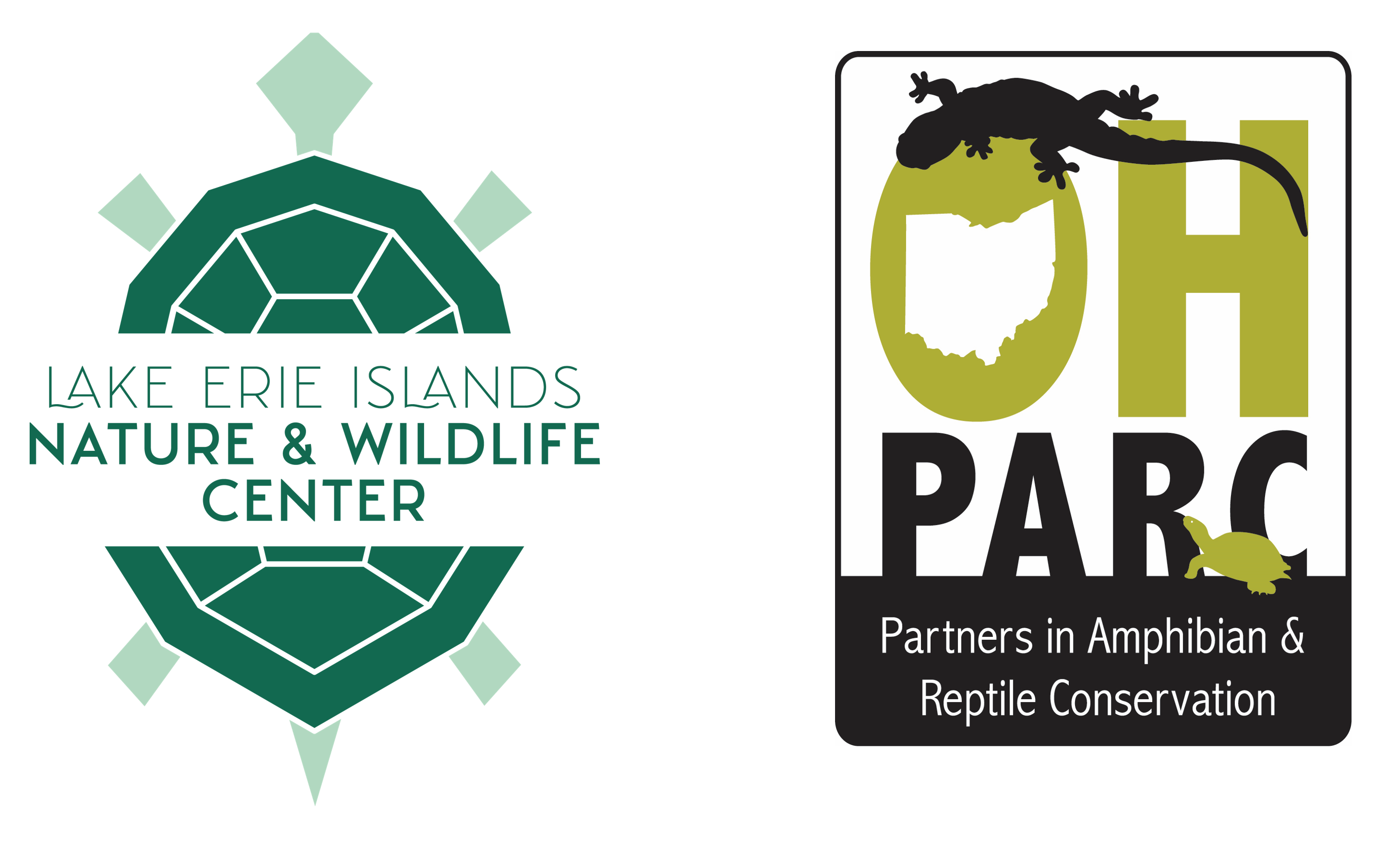Finished! Looks like this project is out of data at the moment!
Thank you for your efforts! We've completed our project! Click here for more details. To browse other active projects that still need your classifications, check out zooniverse.org/projects
Research
About the Middle Bass Island Camera Trap Project
Terrestrial Wildlife of the Lake Erie Islands
Life on the Lake Erie Islands is unique. The Islands are a result of thousands of years of cyclical glacial erosion, flooding, and dewatering. Therefore, the native terrestrial wildlife populations on the Islands are the result of multiple processes. Small animals that are poor long-distance swimmers like mice are remnant isolated populations that colonized the Islands a few thousand years ago when the lake bed was dry. However, small animal populations on the Islands are not truly isolated; small animals arrive everyday accidentally via vehicles and freight and humans are known to intentionally relocate them. Larger animals like White-tailed Deer and Coyote readily walk across the ice in late winter and some are even known to swim between Islands. The Islands are also home to a unique community of snakes, with the Lake Erie Watersnake being unique only to the Islands and the Eastern Fox Snake to the Western Basin of Lake Erie. Whereas contemporary records of snake diversity of the Islands exist, the most recent records of mammals of the Lake Erie Islands are nearly 40 years old.
Project Design
The Adapted-Hunt Drift Fence Technique (AHDriFT) is designed to monitor activity of ground-using animals such as snakes, salamanders, small mammals, and even some ground-nesting or ground-feeding birds. Drift arrays are a common, simple, and non-lethal wildlife monitoring technique wherein a simple fence is placed in an area of high animal activity. As an animal approaches the fence, it is directed to move to one end or the other where often some type of container holds the animal for a short period of time before the biologist is able to retrieve it. In the AHDriFT technique, cameras are placed in inverted 5-gallon buckets attached to each end of an aluminum fence. As animals travel along the fence to the bucket they are funneled through the bucket and a camera takes a series of images. The animal can then freely walk through the other end of the bucket and head on its journey.
Project Goals
We deployed the camera trap system to meet multiple objectives related to the mission of the Lake Erie Islands Nature and Wildlife Center. Primarily, our camera trap data is being used to monitor snake activity around winter habitat structures. However, these data are also being used to engage community members on the Islands and throughout the world in the identification of animals of Middle Bass Island. As you identify animals in the images, you become a scientific collaborator in our endeavor to update antiquated records of small animals on Middle Bass Island. These data will also be used to educate our daily visitors on the wildlife and their activity patterns on the Islands.
Project Support
The Lake Erie Islands Nature and Wildlife Center is a 501(3)c organization. Cameras are on loan through an agreement with the Ohio Partners in Amphibian and Reptile Conservation. Cameras are installed at Middle Bass Island State Park with permission and permits acquired from the Ohio Department of Natural Resources Division of Wildlife and Division of Parks and Watercraft. We also acknowledge in-field support from The Ohio State University's F.T. Stone Laboratory and multiple community members that help install and maintain equipment.
OHPARC AHDriFT Camera Trap Project
Visit http://ohparc.org/cameratraps/ to learn more about Ohio Partners in Amphibian and Reptile Conservation and their Adapted-Hunt Drift Fence Technique (AHDriFT) camera trap project.
 |